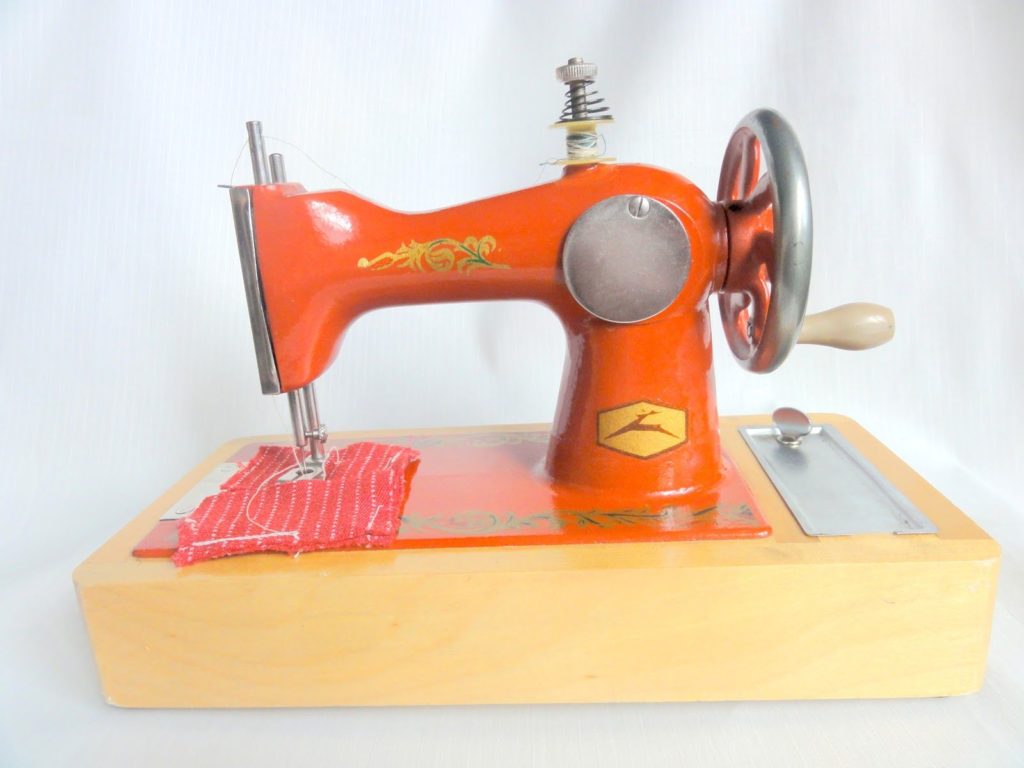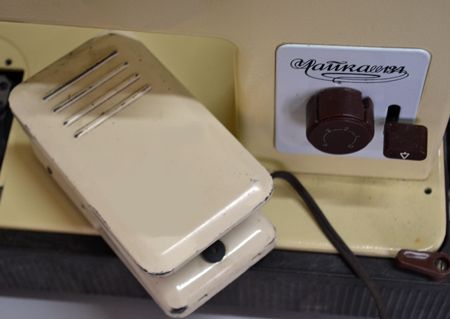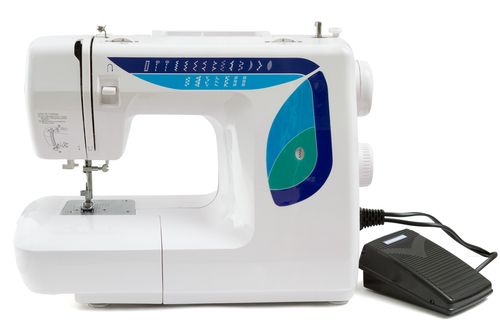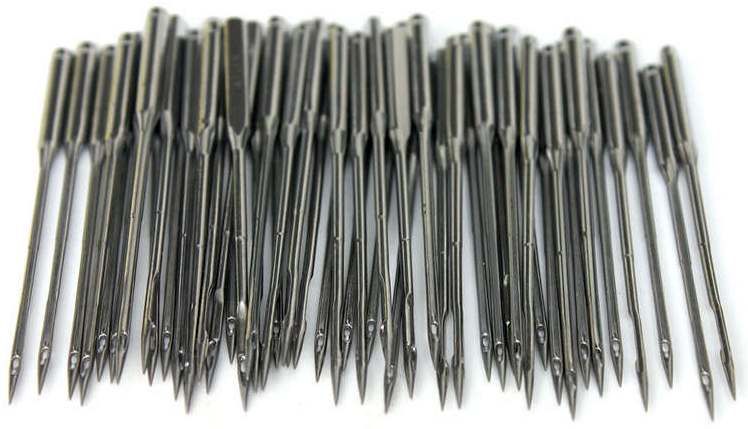What kind of drive do household sewing machines have?
Old mechanical sewing machines have long been discontinued because they could not provide high quality stitching and speed of work. They have been replaced by electric analogues, which are superior in everything. But this does not mean at all that the good helpers of our grandmothers have sunk into oblivion - the machines still cope with the tasks assigned to them, pleasing their owners with reliability and durability.
The content of the article
Types of sewing machine drives
There are only 2 ways to set the flywheel in motion: muscle power and an electric motor. In the first case, the speed of operation of the sewing machine is set by the handle of the hand drive or the pedal of the foot drive. In the second, to start the device, it is enough to press the control pedal with the necessary force.
Manual drive

This type of mechanics involves running the shaft using a small flywheel to which a handle is attached. The low speed of operation of such a device is combined with a number of inconveniences: the operator’s right hand is busy setting the machine mechanism in motion, and control of the movement of the fabric is carried out by the left. Therefore, such models were soon replaced by more practical ones.
Foot
To free the operator's hands, the sewing machine was equipped with a stand. Its design includes a movable pedal, when moving the pedal, the force is transmitted through the leash to the drive wheel.And with the help of belts it drives the flywheel of the machine frame located on the table. The operator's hands were freed, the speed and quality of the stitch increased.

Such a device is still convenient as a teaching aid, since a seamstress can easily adjust the speed of its operation in accordance with her capabilities. But the heavy frame is difficult to move to the right place, its operation cannot be called quiet, and it is quite difficult to develop the speed necessary for an experienced user. This is what caused users to switch to a more modern drive.
Electric

The electric motor was initially installed on the “hand-held” or “foot-operated” machines that were common at that time in order to increase their productivity. The speed is controlled by the operator’s foot - the stronger the pressure on the pedal, the greater the speed of the machine. Such twins (pedal + servomotor with a power of up to 150 W) can still be found today, which is what the owners of reliable, rare mechanics use. But the operation of the sewing machine itself remained quite loud, and its functionality was limited.
The era of seamstresses
Massive and simple mechanical ones have been replaced by lighter, more compact and functional electric sewing machines. Their engine is built into the body. And only the cable with the control pedal protrudes outside. The first models were popularly called “seamstresses” because they were intended for fine work.

In a modern store, you won’t find sewing machines sorted by drive on the shelves, because they are all driven by an electric motor. Instead, there is sorting by control type:
- mechanical - lever switch system, characterized by a small number of options;
- electromechanical - buttons and levers, greater functionality and an increased number of lines;
- computer - buttons and a sensor, it is possible to set various programs and often an embroidery module is already built into such equipment.
When choosing a household sewing machine, it is better to focus on mechanical or electromechanical control, as they combine performance, simplicity and reliability. Electronic (computer) ones are a tool for professionals whose work cannot be done without complex stitches.





